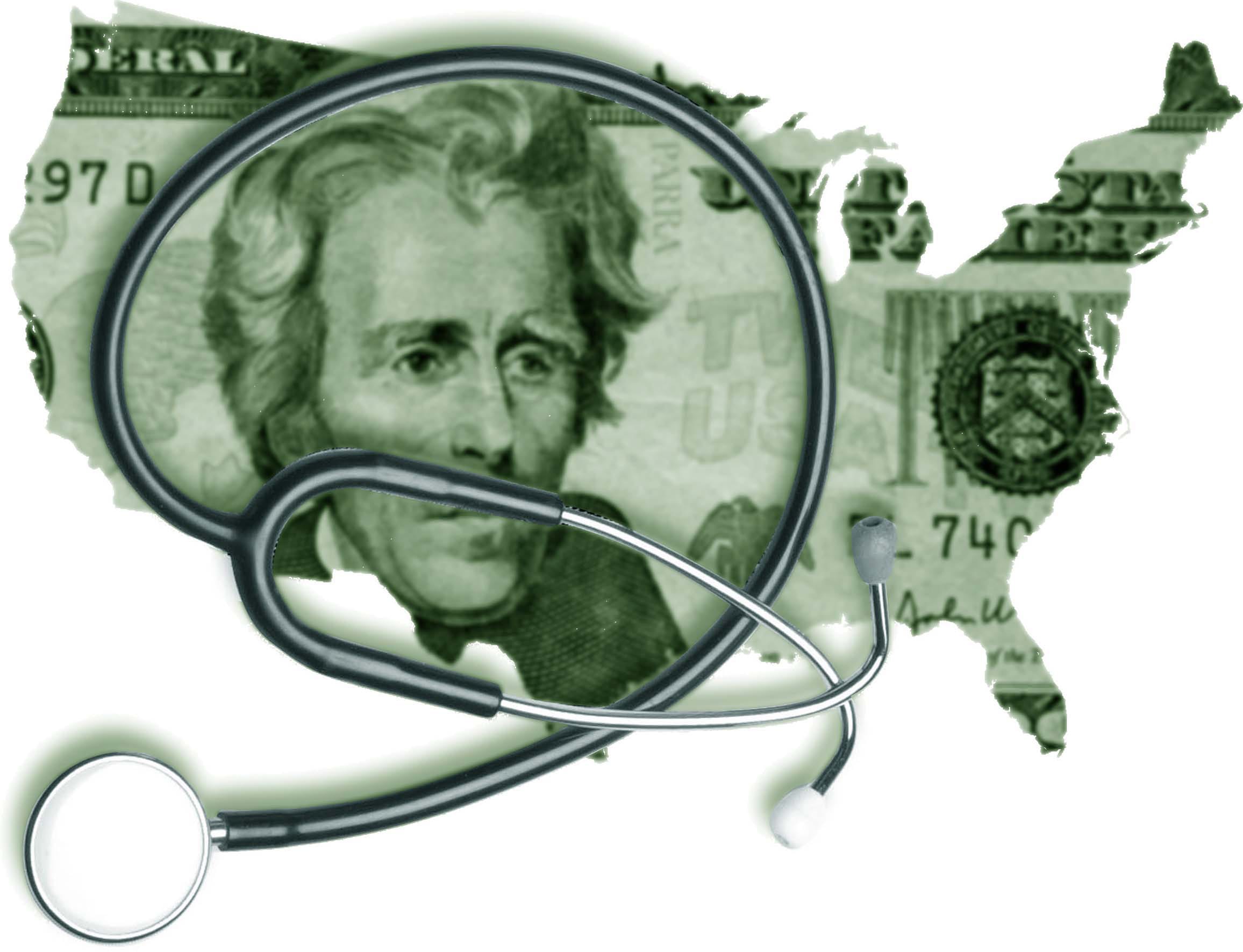Doctors and hospitals increasingly are asking insured patients to pay more of their bills for elective procedures at the time of the service, rather than collecting a small fee up front and waiting until later to get the rest of what’s owed.
A fundamental shift in coverage is prompting the change: the rise of high-deductible insurance plans.
Among covered workers who had high-deductible plans with a savings option in 2013:
15 percent had a deductible of $3,000 or more for single coverage.
38 percent had a deductible of $2,000 to $3,000 for single coverage.
31 percent had a deductible of $5,000 or more for family coverage.
15 percent had a deductible of $4,000 to $5,000 for family coverage.
Source: Kaiser Family Foundation 2013 Employer Benefits Survey
Earlier collection helps avoid payment delays and bad debt, experts say, but also raises concerns for consumers.
“I think the new aggression on the part of providers to collect payments reflects the growing cost of health care and their need to stay financially viable,” said Sara Collins, vice president at the Commonwealth Fund, an independent foundation that supports research on improving the U.S. health care system.



